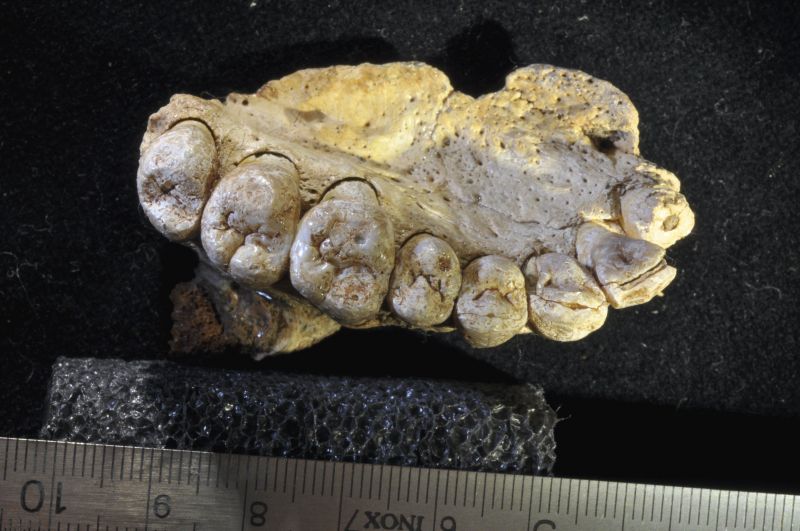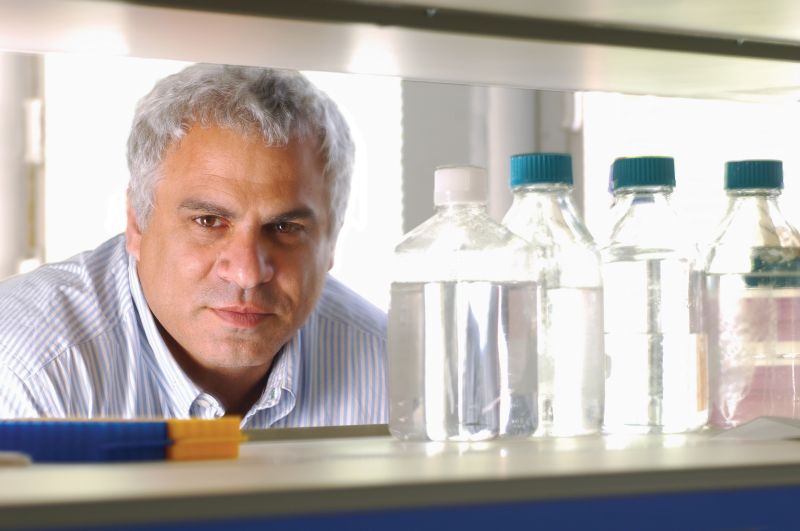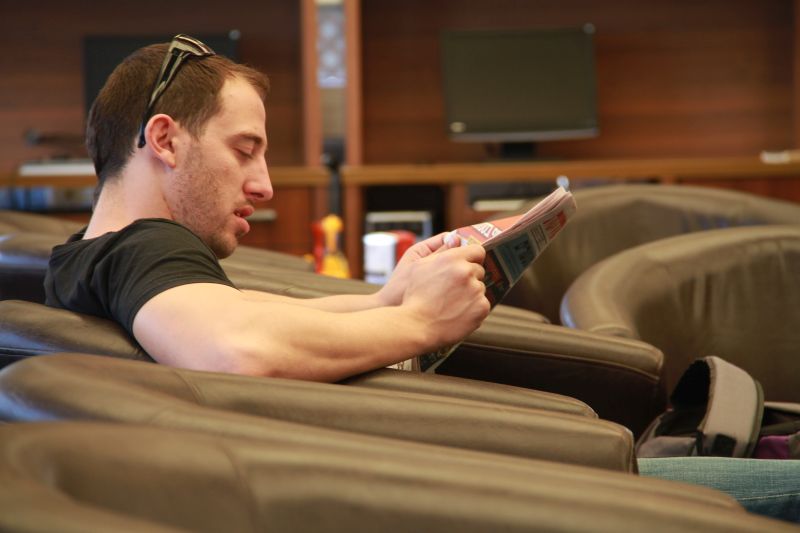University of Haifa Research Making Headlines:
2 0 1 7 2 0 1 8
- 2017 -
Curbing the Spread of “Fake News” through Education
The University of Haifa’s decision to open a new course on the phenomena of “Fake News” stirred quite a bit of media attention
at the start of the 2017-18 academic year. The goal of the course is to build critical thinking skills in processing messages coming
from the media. The University is the first public research institution in Israel to open such a course.
According to Dr. Yaniv Levyatan, an expert in psychological warfare, digital marketing, and cyber warfare, “The fake news phenomenon has created a situation in which we can no longer believe anyone or anything, since we have no way of evaluating the credibility of the flood of information we encounter. People fail to appreciate that 50 percent of online traffic are bots (automated software applications) performing various actions in the web, including the production of fake news.” Aimed at curbing the spread of “Fake News”, his new course examines the evolution and social ramifications of the digital environment, ranging from the impact on the family and relations between parents and children, to the more obvious field of the relationship between government and citizens.
“Students who complete the course will be better equipped to analyze and absorb information generated by online social networks and media,” concludes Dr. Levyatan.
- 2018 -
Major Archaeological Find on the Slopes of Mount Carmel May Rewrite History
The Discovery of what may be the oldest human fossil outside of Africa was found at the
Mount Carmel Caves Excavation Site, led by Prof. Mina Weinstein-Evron, Head of the
Zinman Institute of Archaeology.

A joint study by researchers from the University of Haifa and Tel Aviv University are attributing a fossilized human jawbone, discovered in a collapsed cave on the western slope of Mount Carmel in Israel, to being the earliest known remains of Homo sapien outside of Africa.
Prof. Weinstein-Evron has been excavating the Mount Carmel Caves for nearly two decades, uncovering scores of discarded tools and animal bones spanning the 100,000 years in which the cave was in use. The jawbone is the only remnant of any early human species to be found. “The jawbone, with eight teeth intact, looked so modern that it took us five years including a specimen ‘world tour’ to convince the scientific world – they just couldn’t believe their eyes,” noted Prof. Weinstein-Evron.
The jawbone is dated to be between 177,000 to 94,000 years old. According to Prof. Israel Hershkovitz from Tel Aviv University, the significance of this finding places modern humans in the Eastern Mediterranean region 50,000 years earlier than previously thought, rewriting the early migration story of our species.
Oldest human jawbone fossil found in Israel places humans in the
Eastern Mediterranean region 50,000 years earlier
than previously believed.
Credit: Gerhard Weber, University of Vienna
- 2018 -
Scientists Decode One of the Last Remaining Untranslated Dead Sea Scrolls

Prof. Jonathan Ben-Dov and Dr. Eshbal Ratson of the Department of Biblical Studies and the University of Haifa Dead Sea Scrolls Project, have deciphered and restored one of the last two untranslated Qumran Scrolls out of some 900 ancient Jewish manuscripts unearthed more than 70 years ago. The text reveals insights into the unique 364-day calendar used by the Qumran Sect, a separatist Jewish community from the Second Temple Period exiled to the Judean Desert.
Researchers spent over a year painstakingly reassembling more than 60 tiny fragments of parchment written in a secret code. The reward for their hard work is the discovery of a unique 364-day calendar used by the members of the sect to mark special days and transitions between the seasons. According to scientists, this calendar was involved in one of the fiercest debates between different Jewish groups during the late Second Temple period.
“The lunar calendar, which Judaism follows to this day, is dependent on human observations and decisions. By contrast, a 364-day calendar is unchanging, special occasions always fall on the same day because this number can be divided into four and seven. It therefore appears that the Qumran calendar embodied the beliefs of the members of this community regarding perfection and holiness,” concludes Prof. Ben-Dov. The Qumran sect, who referred to themselves as the Yahad (“Together”) community, were a fanatical group that lived a hermitic life in caves near the Dead Sea.
- 2018 -
Genetic Mutation in the LRRK2 Gene Associated with Crohn’s Disease
An international study has identified a gene associated with Crohn’s disease, a chronic inflammatory bowel disease.
Among the authors of the study is Prof. Gil Atzmon, Head of the Laboratory of Genetics and Epigenetics of Aging
at the University of Haifa’s Faculty of Natural Sciences.

According to the study, involving some 50 researchers worldwide, people who carry the mutation in the LRRK2 gene are at high risk of developing Crohn’s disease. Prof. Atzmon explains that being able to identify carriers of the gene at a young age will enable geneticists to monitor disease activity more closely with the goal of lowering the chance of disease outbreak.” Of major significance is that the same mutation has already been identified as a factor increasing the risk of developing Parkinson’s disease, a degenerative brain disease. This is the first time researchers have identified any similar or associated mechanisms involved in Crohn’s and Parkinson’s disease.
According to recent studies, Crohn’s develops in three to 14 people out of every 100,000 in any given year. The disease is particularly prevalent in two main age groups: 15 to 30 years and 60 to 80 years.
The reasons for the development of the disease remain unclear, but may involve a combination of environmental, genetic and immune factors. Prof. Atzmon noted that, “The development of a drug that can respond both to the risk of Crohn’s and the risk of Parkinson’s could be a real breakthrough that will be beneficial for large numbers of people.”
Prof. Gil Atzmon


